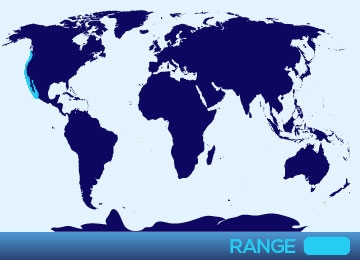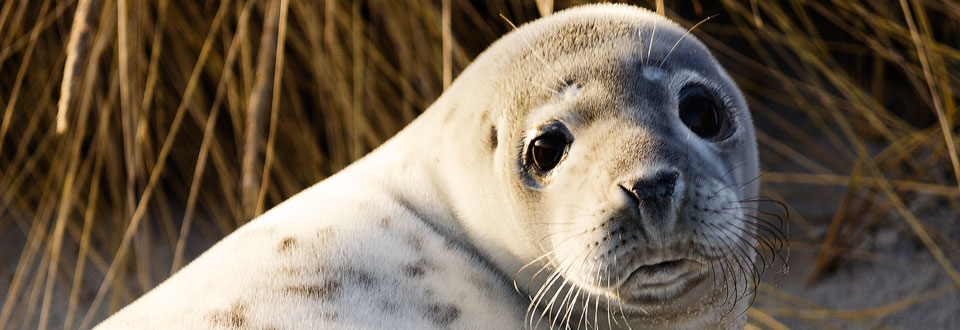
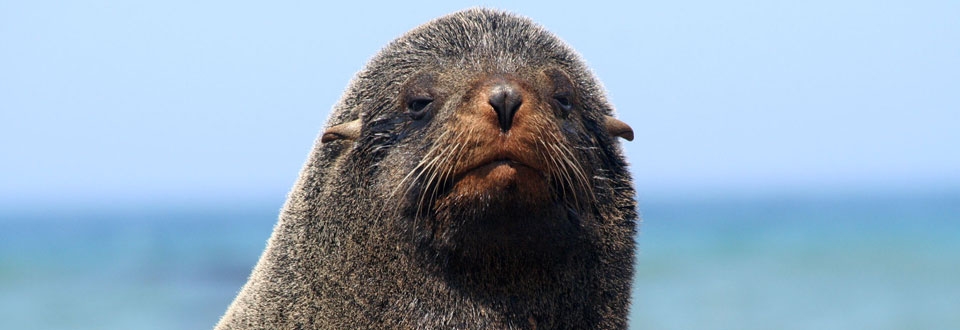
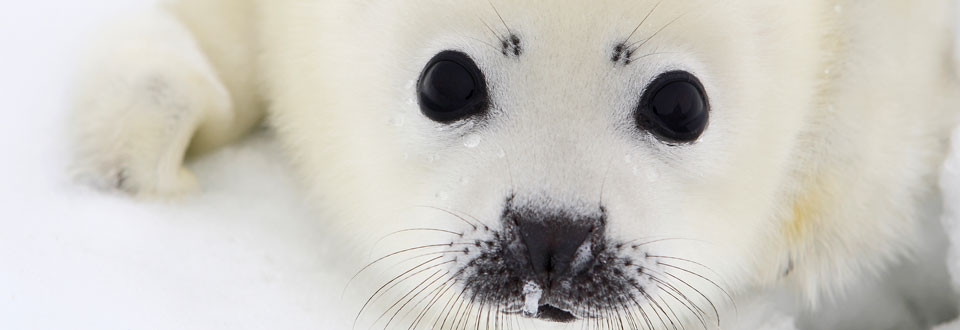
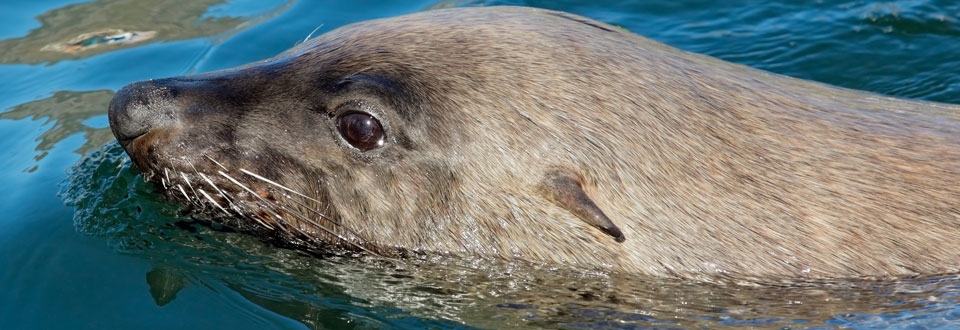
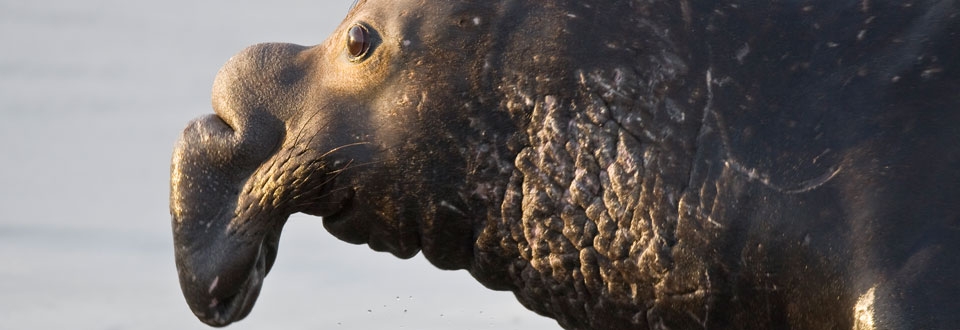
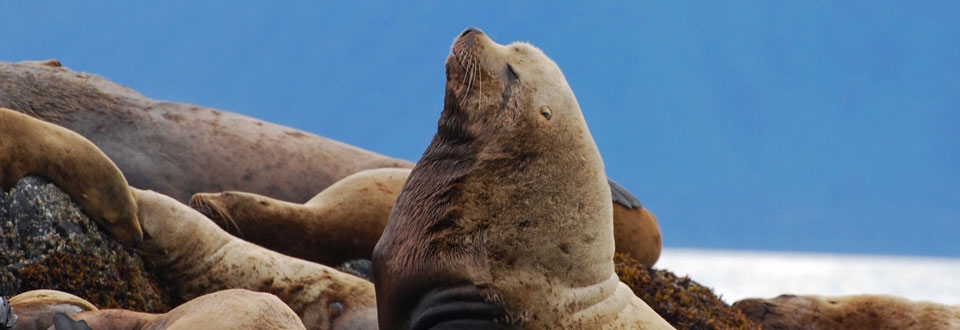

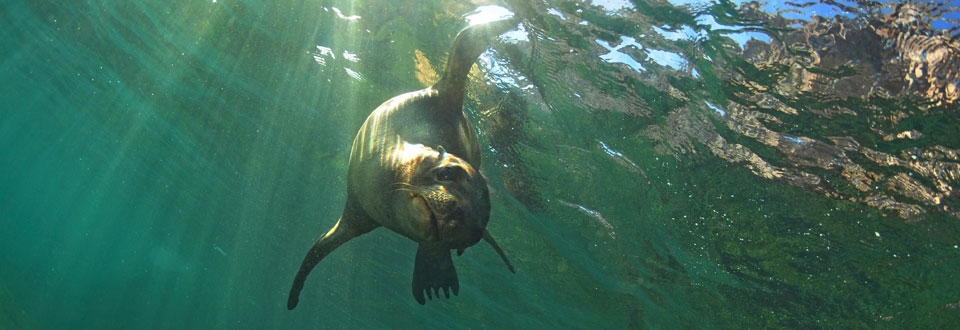

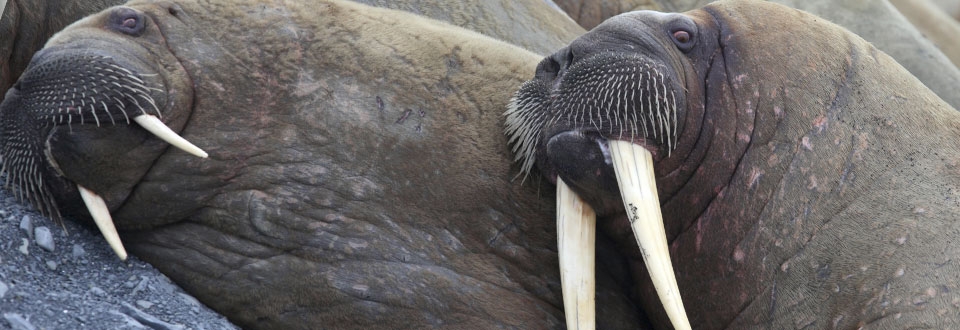
Pinniped Species
All
x
- – No known individuals remaining.
- – Known only to survive in captivity, or as a naturalized population outside its historic range.
- – Extremely high risk of extinction in the wild.
- – High risk of extinction in the wild.
- – High risk of endangerment in the wild.
- – Likely to become endangered in the near future.
- – Lowest risk. Does not qualify for a higher risk category. Widespread and abundant taxa are included in this category.
- – Not enough data to make an assessment of its risk of extinction.
- – Has not yet been evaluated against the criteria.
California Sea Lion
- – No known individuals remaining.
- – Known only to survive in captivity, or as a naturalized population outside its historic range.
- – Extremely high risk of extinction in the wild.
- – High risk of extinction in the wild.
- – High risk of endangerment in the wild.
- – Likely to become endangered in the near future.
- – Lowest risk. Does not qualify for a higher risk category. Widespread and abundant taxa are included in this category.
- – Not enough data to make an assessment of its risk of extinction.
- – Has not yet been evaluated against the criteria.
Males – 7.5ft
Females – 6 ft
Males – 750lbs
Females – 240lbs
California sea lions range from the Pacific coast of Central Mexico north to British Columbia, Canada. Their primary breeding range is from the Channel Islands in Southern California to Central Mexico. There is one stock of California sea lions in U.S. waters that ranges from the U.S./Mexico border and extends to Canada.
California sea lions can vary in color from blonde to dark brown. They also possess very large front flippers and a long narrow snout.
Squid, anchovies, mackerel, rockfish, and sardines. Sea lions are also known to steal fish from commercial fishing gear, sport-fishing lines, and fish passage facilities.
California sea lions can be found in the Eastern Pacific Ocean in shallow coastal and estuarine waters. They usually prefer sandy beaches for haul out sites but in California they can be found on marina docks as well as jetties and buoys.
The breeding season for California sea lions occurs from May to August. Females reach sexual maturity at about 4-5 years of age and males at about 2-6 years of age. Most pups are born from May through July. Fourteen days after giving birth, females are ready to mate again.
California sea lions are classified as Low Risk-least concern on the IUCN Red List.

Sea Lions
Incidental catch and entanglement in fishing gear, predators, illness, bio-toxins, gunshot wounds, and other human-caused injuries.
California sea lions are very social animals and form groups of several hundred individuals onshore called rookeries.




 Animal Encounter
Animal Encounter Our Locations
Our Locations
 Family Fun
Family Fun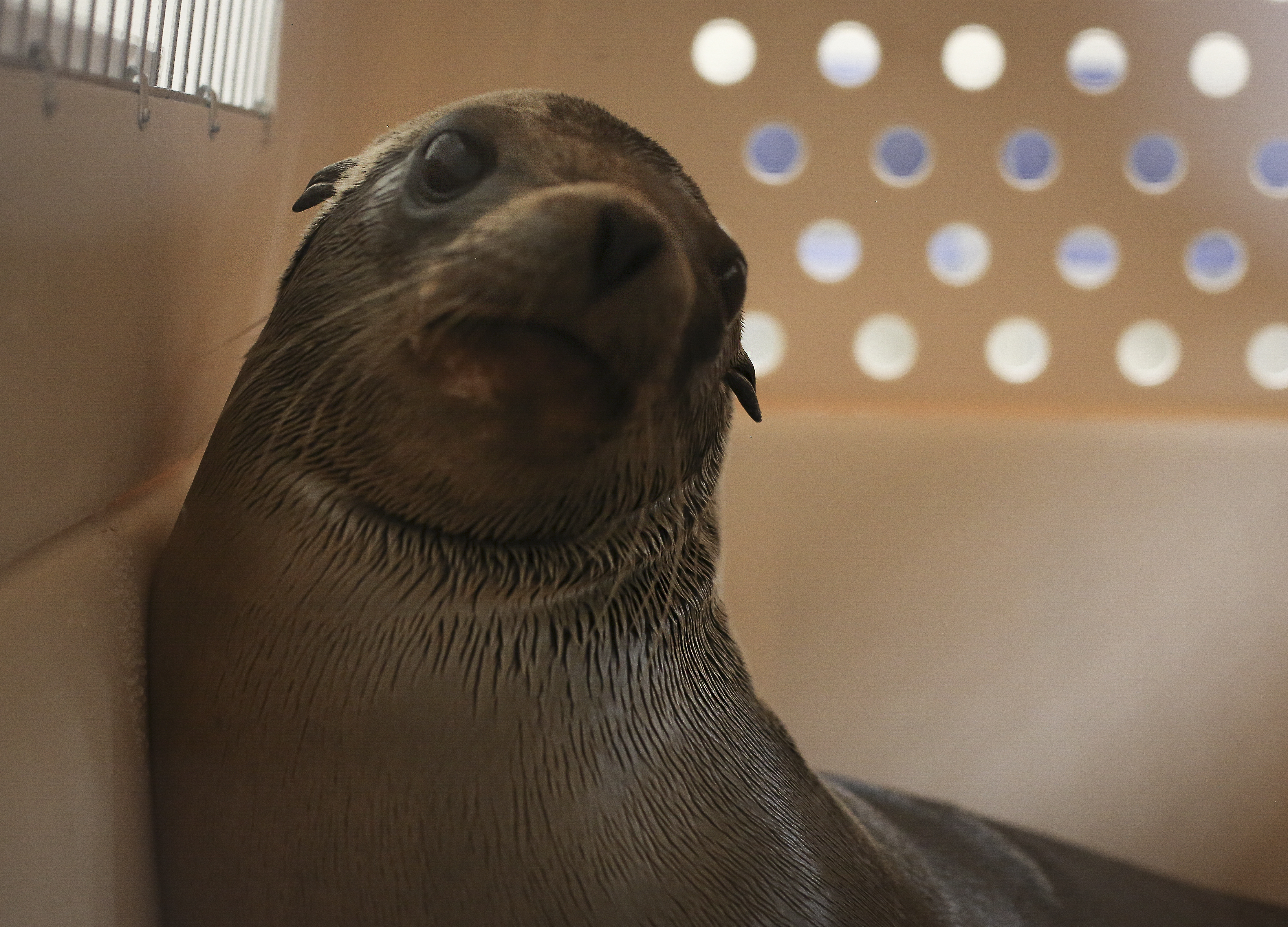
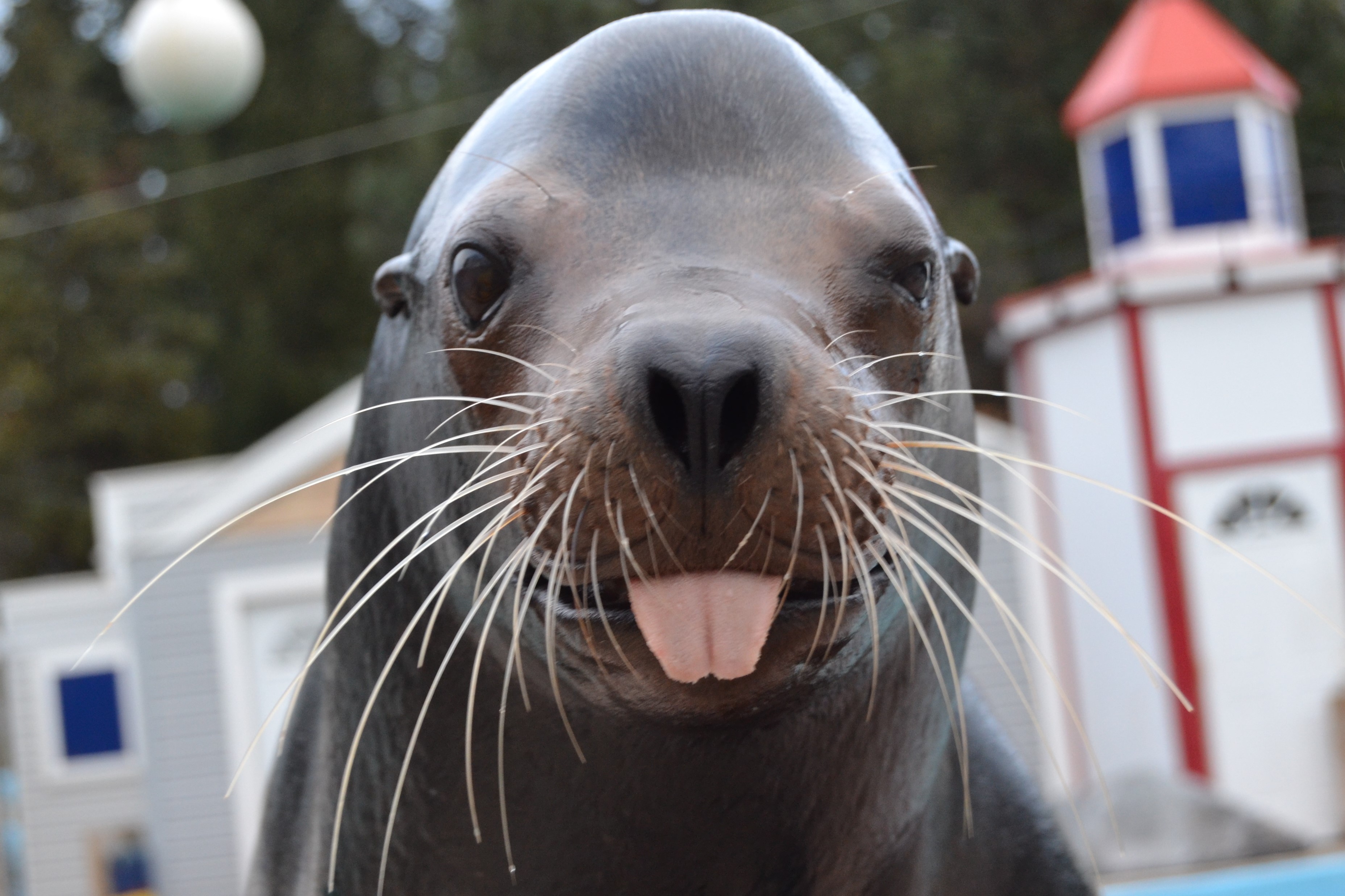
 Meet Ripley!
Meet Ripley!
























